#vivian fantasy
Explore tagged Tumblr posts
Text
save me Overwatch fantasy AU… save me………




I can actually feel my brain melting



#overwatch#overwatch fanart#genji shimada#tracer#lena oxton#sojourn#vivian chase#lifeweaver#niran pruksamanee#ana amari#moira o'deorain#reinhardt#fantasy au#overwatch fantasy au
1K notes
·
View notes
Text
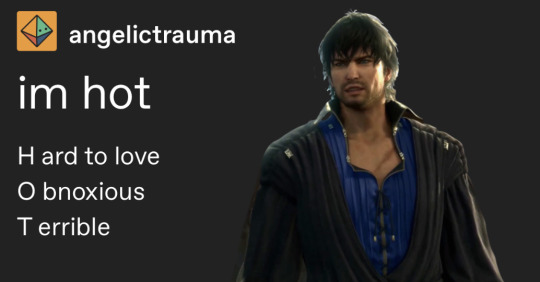

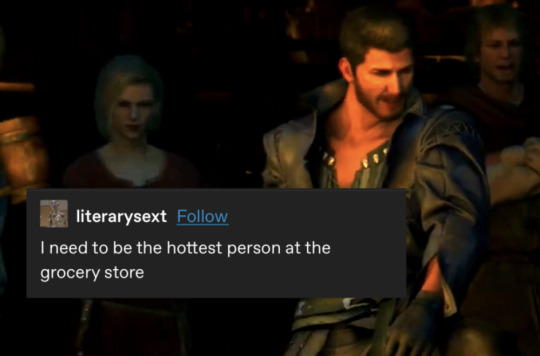




#the last oen can be switched if you want tbh 😔#oh fuck i made mooorree#ff#ffxvi#final fantasy xvi#ff16#ffxvi memes#ffxvi spoilers#barnabas tharmr#gav#vivian ninetales#cidolfus telamon#jill warrick#joshua rosfield#dion lesage
938 notes
·
View notes
Text
CPS: So how old is your son?
Feyre: Oh he is only a few months old.
CPS: okay, you look rather young how old are you and your husband?
Feyre: Oh I'm 22 and my husband is 538 years old.
CPS: ähm...Okay and how did the pregnancy go, went everything well?
Feyre: No, my husband didn't tell me during my pregnancy that I would die and then I almost did die during labour which would be unfortunate since we made a death pack, so if one of us dies the other dies too, you know?
CPS: Yeah...and who would have been the guardians if that would have happened?
Feyre: Oh we didn't thought that far ahead but I think one of my sisters probably, although my oldest sister and husband are currently on bad terms again.
CPS: Again?
Feyre: Yeah the first time my husband locked her up and later he wanted to kill her, because she told me that my pregnancy will kill me.
CPS *calling 911* : Guys I think we need back up.
#Since Sarah loves to bring reallife concepts into fantasy#nyx will be adopted by kallias and viviane#rhysand journey to jail#sjm critical#anti acotar#acotar critical#anti sjm#anti rhysand#anti ic#anti inner circle#pro nesta#anti feysand
194 notes
·
View notes
Text
25 notes
·
View notes
Text

Always a treat to be commissioned to draw my own OC. Thank you @ladypepperofdavenshire
86 notes
·
View notes
Text

"Hothouse Flower" by El Hardwick for Rookie Mag, 2014.
#henry darger#vivian girls#highkey have not checked his work but a quick search tells me he's super catholic. I Just Like The Pictures#rookie mag#el hardwick#soft aesthetic#storybook#ethereal#ethereal aesthetic#2014#2014 aesthetic#2014 tumblr#2014 nostalgia#bring back 2014#fashion photography#fashion#fairycore#fairy aesthetic#faecore#fantasy#faerie#fairy#faerycore#faery aesthetic#whimsical#whimsicore#hir#fairy tales#fairy tale aesthetic#fairytales
10 notes
·
View notes
Text
yooooo..
Your girl has started playing touchstarved.
mannnnnnn
The artstyle and storyline is just....chef's kiss ✨
And the characters? Sooooo freaking interesting!

#lucy vivian#my gameplay#otome games#horror games#Thriller games#Fantasy games#Single player games#touchstarved game#touchstarved leander#kuroshitsuji#touchstarved mhin#touchstarved kuras#touchstarved oc#touchstarved fanart#mhin#leander#ais#touchstarved ais#touchstarved mc#kuras#vere#touchstarved
25 notes
·
View notes
Text

18 notes
·
View notes
Text
The fantasy in modern Arthuriana (3)
A follow-up of the previous post.

If the medieval Arthurian literature accumulates the tales of the feats of the heroes, the detail of their thoughts is mostly left in the shadows. Like the prose of Malory says for a good number of knights, “He said but little”, “He seyde but lytyll”. In other words, the Arthurian romance of the Middle-Ages is concerned with actions, not words. It is even truer when it comes to the female characters, a minority among the Arthurian adventures, and who are limited to a specific set of roles: queen and giver of goods (Guinevere), virgin and emissary of adventure (Linette), sad and dying lover (the lady of Escalot)… Such a restriction of functions invited in itself a fleshing out of the characters, not to say a remake. It is even stronger when we come to the sorceresses, another type of women largely used by modern rewrites, probably because they are precisely among the female characters the only one who, in the Middle-Ages, can freely participate to the action. [It is true that the maidens who guide the knights throughout their quests seem to also have an important area of action, but very often it is suggested that they belong to the supernatural world. In the Morte Darthur, the three ladies met by Gawain, Yvain and Marhalt embody the three ages of woman; Linette, who guides Gareth and helps him in his love, is able to “piece back together” and resurrect a dead knight].
If the revisited Arthurian literature likes to give a voice to women, these characters so often overshadowed by their male counterparts who are always in a war or on a quest, it is probably because at first it was an innovation. Since everything was already said in the past, one of the simplest ways to renew the tale is to give a voice to the mutes, here women. This innovation was very quickly assimilated to a feminist, though not always feminine, current, under the major influence of Marion Zimmer Bradley and her “Mists of Avalon”. In it the focus is placed on the enchantresses, Viviane and Morgan mainly. Given the huge success of these novels, the characters within it had a tendency to influence, consciously or not, ulterior treatments of the Arthurian fiction and its female characters. As such, when Cindy Mediavilla wrote about “The Mists of Avalon”, she said “[it] sets the standard for Arthurian fiction told from the female perspective. Heavy with images of the Goddess versus the male dominance of Christianity, this story (…) is highly recommended for all fans of the genre, especially young feminists seeking alternate renderings of the legend.” (Arthurian Fiction – An Annotated Bibliography). Outside of this “feminist” dimension, there is still a great number of recurring trends discernable within contemporary novels that have a direct influence over the idea of magic, and by extension, the genre or sub-genre to which the Arthurian novel belongs. [Maureen Fries heavily nuanced the feminism at work here: Viviane is killed by Balin, Nimue killed herself after betraying Kevin, Niniane is used then killed by Mordred, Morgan ens up admitting the universality of religious symbols even assimilated the Great Goddess to the Virgin Mary… “Indeed, real empowerment escape all of the women in the book except perhaps (and indirectly) Gwenhwyfar, whose narrow Christianity Arthur embraces.” – “Trends in the Modern Arthurian Novel”, in “King Arthur Through the Ages”]

The duo Viviane/Morgan is most often treated as an antagonism. In line with the sources, Viviane appears as a kind fairy who raises Lancelot and acts to help Arthur dispel the schemes of his malevolent half-sister. [With a rare set of exceptions, including Fred T. Saberhagen’s Dominion which subverts many preconceptions by making Viviane a bloodthirsty high-priestess and Merlin a drunkard with a failing magic, closer to the buffoon that appears in the BD “Le chant d’Excalibur” by Arleston and Hübsch than to the medieval prophet] But the shadows among the medieval characters are enough to allow anyone to interpret them in various ways. Indeed, this sweet Lady of the Lake is also the woman that used Merlin to augment her own power before imprisoning him for all of eternity. And Morgan is at the same time the enemy of the Round Table and the crying sister which takes a dying Arthur in her arms to carry him away to Avalon. This ambiguity is complexified by numerous possible divisions or assimilations: Viviane is also Niniane or Nimue, except when they are all different characters. Mordred is either the son of Morgan, or of her sister Morgause. The sources vary a lot about these facts, and so do the modern authors – and the same thing applies to the love-romances that are woven between the enchantresses and their victims, between Merlin and his students. [Within the “Lancelot-Graal”, Morgan is said to have been the student of Merlin, but she is different from Viviane, another of his student who ended up imprisoning the wizard. Yet, there is a temptation to synthetize in one character the student, the mistress and the enemy. On another subject, the hatred of Morgan for the Round Table could be explained by her love for the cousin of the queen, a love that said queen managed to destroy. As early as the Middle-Ages we see the beginning of, not a rehabilitation, but at least excusing circumstances for Morgan’s criminal behavior towards her brother and his kingdom.]
The opposition of benevolent sorceresses and malevolent wizardesses is inscribed in a broader way within a specific conception of magic. If we can easily admit that there are things such as “white” or “black” magic, if we admit that there are wizards opposing witches (or necromancers), than this duality invokes the symbolism of good versus evil. In the context of the Arthurian legend, the magic that serves Arthur and his chivalrous ideal is supposed to be white, while the one of those that stand against him is black. It is the case with Stephen Lawhead or Gillian Bradshaw, where the future of the world depends on a battle between Light and Darkness. [Gillian Bradshaw created “Hawk of May” and “Kingdom of Summer”. The expression “Kingdom of Summer” is also very present within Lawhead’s work, reinforcing the link between those two authors. Lawhead prefers to name two of his characters Gwalcmai and Gwalchavad, “hawk of May” and “hawk of Summer”, rather than Gawain and Galahad. As for the opposition of the Light and the Darkness, we can be reminded of the two sides of the Force within “Star Wars”, which is filled with Arthurian references.]
But this symbolism also evokes several moral values that already prepare the question of how magic and religion coexist. Already in the Middle-Ages the limits are blurry when it comes to separating magic, religion, and science – especially medical science. (See Richard Kieckheffer’s Magic in the Middle-Ages) The knowledge of plants can be seen with suspicions, and the various invocations look very similar to each other, no matter if they are for a saint or a demon. All those contradictions coexist within the modern Arthurian literature as a whole, even though if most authors take care to establish a cohesive magic system within the setting of their tale.
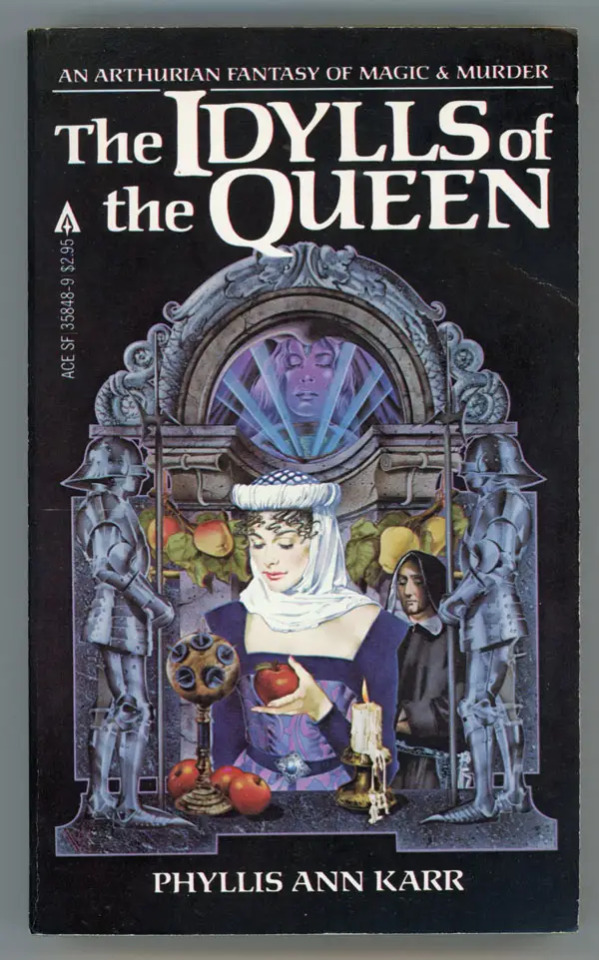
As such we frequently have an opposition between magic and religion, where magic relies on nature and traditional beliefs of which women are the bearers, while religion relies on a recent importation of Christianism and is presented as repressive and misogynistic. It is the case in Marion Zimmer Bradley’s work, where the magic is natural, “sympathetic”, against fanatical Christians who only dream of absolute power. Bernard Cornwell depicts a desacralized Christianity in an even darker light, as a religion only concerned with accumulating wealth by exploiting naïve pilgrims. The prayers are emphatic but useless, and the priest Samson, a future saint, has a rat-like face, a strong dislike of Guinevere and Nimue, as well as a heavily hinted preference for very young monks. The only Christian that is acceptable to the eyes of the narrator is the bishop Bedwin, who turns out to not be a quite faithful Christian, and an emblematic example of the improbable reconciliation of the extremes within modern Arthurians – a treatment of magic an religion that prefers the opposition of forces rather than their complementary. It forms indeed an explosive situation that is able to captivate more the attention of a reader rather than an idyllic statu quo. As such, what imposed itself as an Arthurian topos is the idea of a mostly pagan Britain attacked by the hegemonic projects of Christianism – despite the historical and archeological informations contraicting this view. The historicizing of the Arthurian setting is thus sometimes independent from the story, while not negating its realism or “vraisemblance”. [Adam Roberts, in “Silk and Potatoes” pointed out that in Lawhead’s work the Briton peasants are wearing silk, which is highly improbable, and that they cook with potatoes, an obvious anachronism.]
Stephen Lawhead tries to have a pacific shift from the old religion and its beliefs (assimilated to magic) to the Christian religion of the God of love. Taliesin, then Merlin, both have a revelation of the unicity of the divine, and as such their bardic invocations are now addressed to the Father, the Son and the Holy Spirit, but they stay unchanged in language or effect. What was once a spell or a trick becomes a miracle. Lawhead’s tale however is flawed by an oversimplification. If all this “magic” comes from God, then where do Morgian’s wicked powers come from? The unbreakable faith of Merlin within the superiority of God over Satan is admirable in a catechism context, but it removes an essential tool of the tale: its suspense. A duel between Morgian and Merlin during which the latter won’t suffer any blow, protected as he is by the armor of his faith, is quite disappointing, not to say boring. And what about the magic of the Small Folks, which seems to need a technical learning? The tale cannot fully escape a certain number of expectations, such as the oppositions between white and black magic, or between paganism and Christianity, or the presence of another “fairy”-like people cohabiting discreetly with the Britons. As such, while the attempt at Christianizing the supernatural is interesting because quite rare today (though it was very common in the Middle-Ages), is works badly.

It is a testimony of the weight of obligatory elements within the modern Arthurian fiction, a fiction that was shaped as much by contemporary successes as by, if not more than, its relationship to the medieval sources. If the articulation between magic and religion can be done in various ways, it stays in many cases a strong opposition between white magic/women/tradition, and religion/men/change. And since, outside of Merlin, most of the wizards of the medieval romances are women, magic is thus colored by femaleness, not to say feminism. In a world where male characters kill each other with weapons, women heal wounds with herbs and words. The image of the healer-Viviane, sweet and motherly, is opposed to the brutality of a world of warriors. At another level, it seems that the sorceresses embody the “fantasy temptation” while the warriors embody the “historical temptation”. [Raymond H. Thompson notes the gendered polarity within Arthurian rewrites since WWII, between a feminine movement closer to heroic fantasy, and a male movement, bloodier and closer to sword and sorcery (“Arthurian Legend in Science-Fiction and Fantasy”, in “King Arthur Through the Ages”)] As such, the novels that focus on the female characters also focus on magic, while those concerned with men and their wars are historicizing the Arthurian era. As Thomson said: “The focus thus shifts from warfare to the political and domestic conflicts that raise Arthur to power, and then destroy him.”
But if this is the case, where do we place evil wizardesses such as Morgan? They find their place within the rewrites that use abundantly of the supernatural, which is then vast enough to include both good and evil. Moreso, if the Middle-Ages offered a complex depiction of the enchantresses, the dark side of Morgane/Morgause stays dominant. Modern rewrites thus very easily use this malevolent aspect. It is the case of T.H. White whose second book, “The Witch in the Wood” was later renamed “The Queen of Air and Darkness” to designate Morgause. Gillian Bradshaw also depicts a fully evil Morgause who tries to teach her son Gwalchmai the occult arts. But he prefers the side of Light, and he joins Arthur and his knights. We find these two influences within Lawhead’s Morgian, also qualified of “Queen of Air and Darkness”, and who serves the Devil while Merlin fights by the sides of Arthur, the champion of Light. This distribution of the magical forces intensifies the motif of the conflict on several levels. The Darkness can be historical: the one of the “Dark Ages” at the beginning of the Middle-Ages, the one of the various disasters (war, plague, famine, insecurity) brought by the Saxon invader. But in a cyclical point of view, which extends the mythical side of the Arthurian theme even in rewrites that try to be historical, the fight between Good and Evil becomes recurrent. Arthur and Morgan (or her avatars) are easily identifiable archetypes. This repetition ability highlights the non-temporality of the myth and justifies the growing number of Arthurian rewrites: the myth is eternal, and thus must be eternally retold.
But these retellings do not simply replay the classical gigantic fight between the servants of the Light and those of the Darkness. A quite important number of modern authors chose to rehabilitate the unloved characters, mostly by giving them a voice. As such, the grudge-bearing, jealous witch of the medieval romances disappears, replaced by a loving and healing sister. Phyllis Ann Karr, within “The Idylls of the Queen”, offers a clever treatment of the character of Morgan, rehabilitated by a systematical refutation of the rumors, those that will become the “official” version of the legend later on. Morgan recognizes the facts, but offers other explanations for them, motivations misunderstood by her contemporaries and thus doomed to stay unknown (until the modern author reveals them, of course). This modern process of subverting the medieval stereotype (here the wicked witch that becomes the most faithful and loving servant of the Arthurian grandeur, pushing the devotion to a refusal to be offended by her bad reputation) can be declined in an infinite way, even on a parodic tone. Thomas Berger offers an anemic Galahad barely able to ride a horse, instead of the invulnerable knight supposed to be an “improved” version of his father Lancelot. John Gloag paints a Merlin prone to mistakes within his prophecies, and makes the entire announced and expected Arthurian glory a huge prank. T.H. White made his Lancelot ugly, where the Middle-Ages encouraged to see him as beautiful since he was “the perfect lover”.
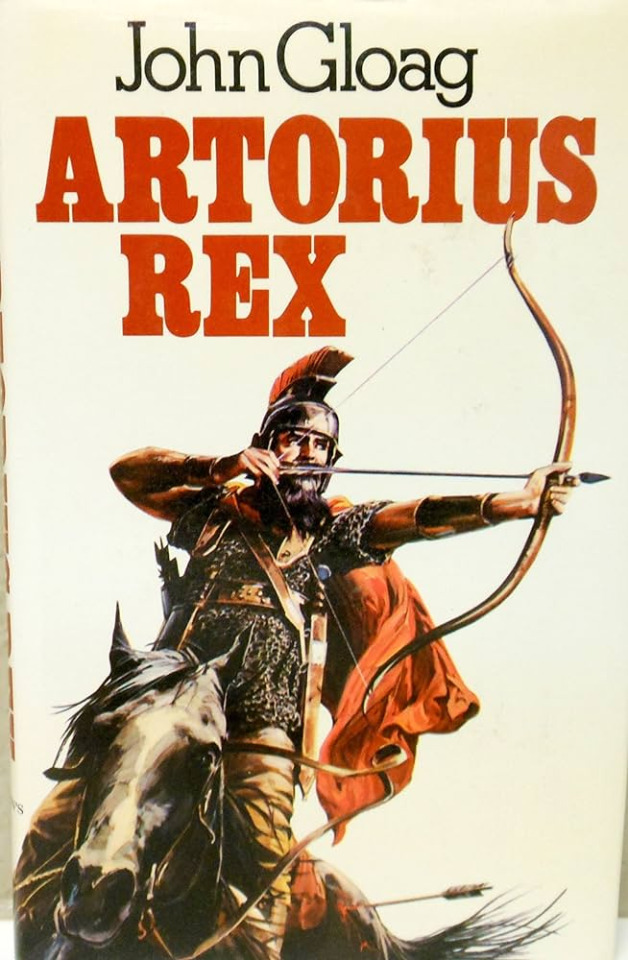
However, as with all process, this technique has its limits. By constantly subverting the reader’s expectations, we create new demands. Morgan is constantly rehabilitated, Lancelot is constantly made darker or disgraced by modern authors, who are numerous (maybe too numerous?) in trying to set themselves apart from their predecessors. Cornwell’s Lancelot is an arrogant coward, while in other novels he simply disappears as the lover of the queen and/or the right arm of Arthur. He is replaced by characters deemed more historical (Bedwyr for Rosemary Sutcliff or Joan Wolff), or by characters invented for the plot (John Gloag’s Wencla, Victor Canning’s Borio). As if suppressing the greatest Arthurian knight was needed to surprise the modern reader. Under such a light, the rehabilitation of witches as misunderstood sorceresses is almost becoming more stereotypical than the original model of the “truly wicked”.
It seems that, for now, the only true novelty that modern authors have not dared is an Arthurian novel without Arthur. But this path seems to be under exploration: Arto, Artos, Artorius, all spellings that can establish a difference with the original character is welcome, especially if it establishes a gap between the foggy and uncertain time when the legend was born and the era of the modern rewrite. The exploitation of the Arthurian prehistory is another sign of it. The Arthurian novel without supernatural is also another facet of this quest for a renewal. But since the “pure” historical novel has already been done in the past, the “new novelty” is the reintroduction of the marvelous – not in its original form, but in a subtler one influenced by the past historicizing. We entered an era of “rationalizing” and “walling” of the “merveilleux”. Rationalizing the wonderful means exploiting events and actions that can be given the appearance of magic ; “walling” the marvelous means limiting magical abilities to a specific group of characters, usually non-humans and thus marginalized.
#fantasy#arthuriana#arthurian novels#arthurian literature#viviane#lady of the lake#morgane#morgan le fay#magic#magic system#fantasy novels#fantasy worldbuilding#magic vs religion#merlin#nimue#morgause#lancelot
25 notes
·
View notes
Text
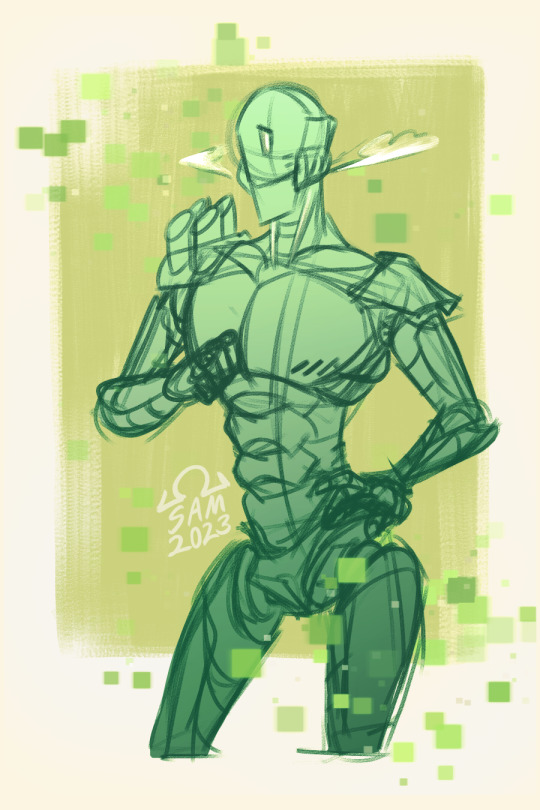
Having difficulties with some art lately, so did a quick Issac doodle. This warforged really has become a comfort character for me to draw lol.
#dnd art#dnd character#dungeons and dragons#robots#warforged#robot oc#oc#original character#sketch#doodle#omegasam art#dnd warforged#fantasy character#artists on tumblr#ttrpg character#ttrpg#issac vivian#my ocs#digital art#art
81 notes
·
View notes
Text



52 ~ Vivian Ninetales
11 notes
·
View notes
Text
Queer Fantasy Books Bracket: Round 1


Book summaries below:
House of Hollow by Krystal Sutherland
Seventeen-year-old Iris Hollow has always been strange. Something happened to her and her two older sisters when they were children, something they can’t quite remember but that left each of them with an identical half-moon scar at the base of their throats. Iris has spent most of her teenage years trying to avoid the weirdness that sticks to her like tar. But when her eldest sister, Grey, goes missing under suspicious circumstances, Iris learns just how weird her life can get: horned men start shadowing her, a corpse falls out of her sister’s ceiling, and ugly, impossible memories start to twist their way to the forefront of her mind. As Iris retraces Grey’s last known footsteps and follows the increasingly bizarre trail of breadcrumbs she left behind, it becomes apparent that the only way to save her sister is to decipher the mystery of what happened to them as children. The closer Iris gets to the truth, the closer she comes to understanding that the answer is dark and dangerous – and that Grey has been keeping a terrible secret from her for years. Fantasy, horror, young adult, mystery, thriller, paranormal
The Machineries of Empire series (Ninefox Gambit, Raven Stratagem, Revenant Gun, and other stories) by Yoon Ha Lee
To win an impossible war Captain Kel Cheris must awaken an ancient weapon and a despised traitor general. Captain Kel Cheris of the hexarchate is disgraced for using unconventional methods in a battle against heretics. Kel Command gives her the opportunity to redeem herself by retaking the Fortress of Scattered Needles, a star fortress that has recently been captured by heretics. Cheris’s career isn’t the only thing at stake. If the fortress falls, the hexarchate itself might be next. Cheris’s best hope is to ally with the undead tactician Shuos Jedao. The good news is that Jedao has never lost a battle, and he may be the only one who can figure out how to successfully besiege the fortress. The bad news is that Jedao went mad in his first life and massacred two armies, one of them his own. As the siege wears on, Cheris must decide how far she can trust Jedao–because she might be his next victim. Science fiction, fantasy, science fantasy, space opera, military science fiction, series, adult
#polls#queer fantasy#house of hollow#krystal sutherland#the machineries of empire#yoon ha lee#ninefox gambit#raven stratagem#revenant gun#hexarchate#moe#vivian hollow#grey hollow#iris hollow#vivi hollow#books#fantasy#booklr#lgbtqia#tumblr polls#bookblr#book#fantasy books#lgbt books#queer books#poll#book polls#queer lit#queer literature#gay books
9 notes
·
View notes
Text
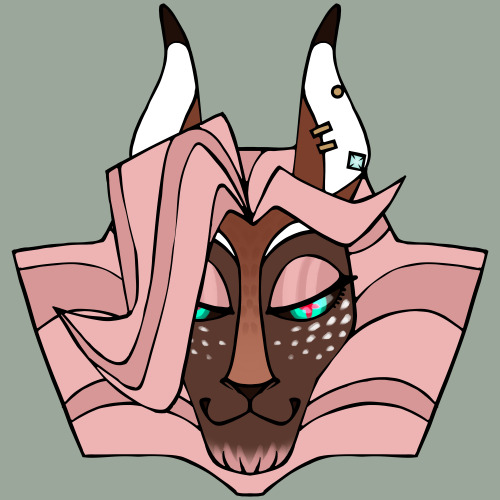
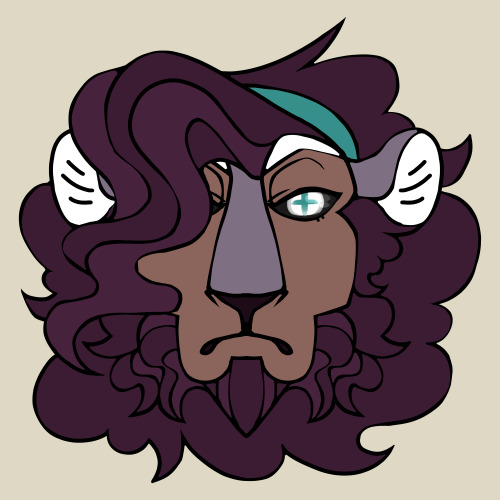

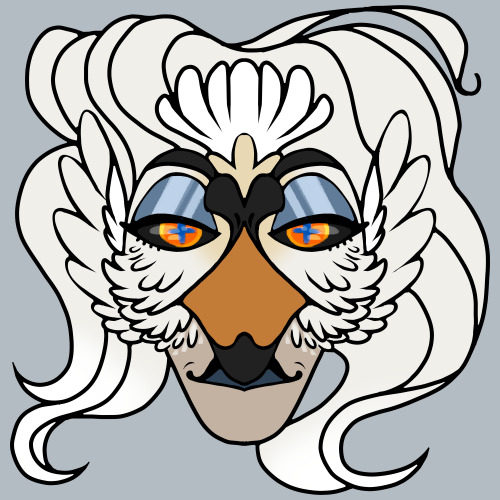
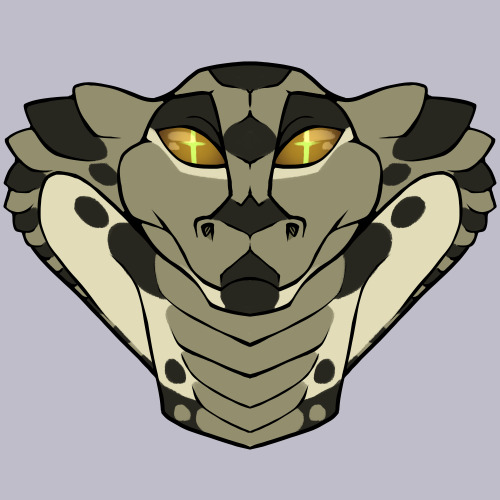
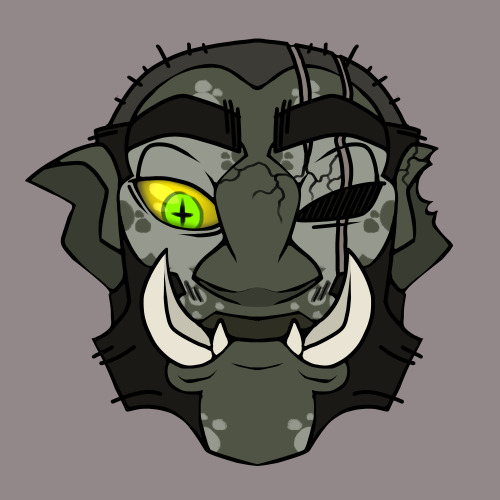
Made some Toyhouse icons for some Gallecross characters including the boys of course but also including some side characters!
Jazakhza (manticore), Alkimos (sphinx), Governor Vivian Trevill (faun), Mayor Lyniara Heqeta (swanmaiden/siren), and Wither (serpentfolk) & Boon (ogrefolk).
The cross-shaped pupils indicate that someone can use magic either thanks to being trained (black pupils) or having it innate from birth (colored pupils).
#fantasy#original characters#oc art#manticore#sphinx#faun#swan maiden#siren#serpentfolk#ogre#the walled city of gallecross#jazakhza the manticore#alkimos the sphinx#governor vivian trevill#mayor lyniara heqeta#wither & boon; monster hunters
13 notes
·
View notes
Text

Metamor Fantasy mousepad included as an extra item with the Metamor Fantasy First Pressed Limited Edition.
#metamor fantasy#メタモルファンタジー#philia kaneriasu#kaneriasu philia#vivian kaneriasu#kaneriasu vivian#hatayama yoshinori#yoshinori hatayama#visual novel#vn#00s games#2000s games#my scans
45 notes
·
View notes
Text

Viviane - Lady of the Winter Court - ACOTAR series by Sarah J. Maas
Tray Files Skin Lip Preset 7f Lipstick N35 Eyeliner Nose/Eye Preset 9f/5f Teeth Vampire Eyes OddEye Hair Base Hair Extras Hair Eyebrows Middelo Eyelashes Mouth Crease Body Blush Nails
Look 1: Outfit Boots Look 2: Dress Shoes Look 3: Dress Shoes - same as #2
Optional: Fairies vs. Witches Mod for "Fae" powers
#missmagoo2#the sims 4#sims4#the sims cc#fantasy#sims 4#sarah j maas#sims 4 cc#alpha cc#fae#high fae#viviane acotar#kallias#winter court#acotar#feyre archeron#rhysand#cassian#azriel#morrigan#amren#nesta archeron#elain archeron#a court of thorns and roses#a court of wings and ruin#a court of silver flames#a court of mist and fury
17 notes
·
View notes
Text

"Hothouse Flower" by El Hardwick for Rookie Mag, 2014.
#henry darger#vivian girls#highkey have not checked his work but a quick search tells me he's super catholic. I Just Like The Pictures#rookie mag#el hardwick#soft aesthetic#storybook#ethereal#ethereal aesthetic#2014#2014 aesthetic#2014 tumblr#2014 nostalgia#bring back 2014#fashion photography#fashion#fairycore#fairy aesthetic#faecore#fantasy#faerie#fairy#faerycore#faery aesthetic#whimsical#whimsicore#hir#fairy tales#fairy tale aesthetic#fairytales
6 notes
·
View notes